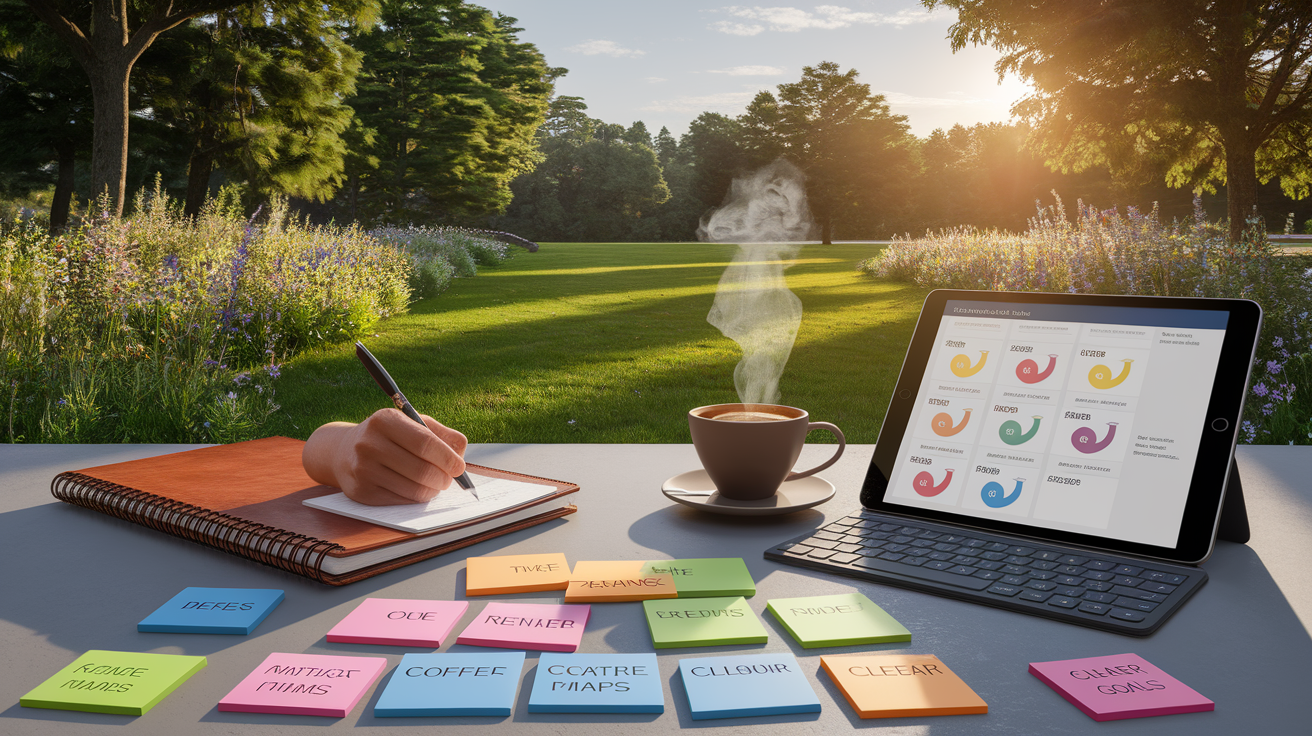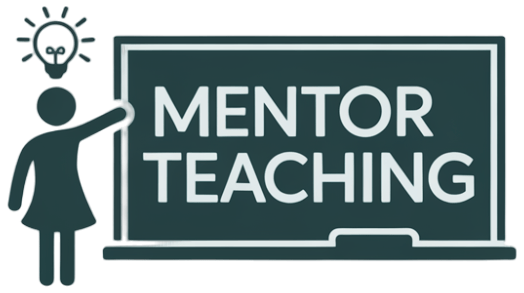Picture this: you’re juggling lesson plans, grading a mountain of essays, replying to three urgent parent emails, and trying to remember if it’s your turn for recess duty. Sound familiar? That feeling of having a dozen browser tabs open in your brain is the daily reality for teachers. The secret to navigating this wonderful chaos isn’t just about better time management; it’s about building executive function skills. Think of these skills as the CEO of your brain, and this guide is your personal leadership training to help you become more focused, organized, and in control, both in and out of the classroom.
Steering Your Executive Ship
Imagine your brain is a magnificent ship on the sea of education. Your executive functions are the captain on the bridge, responsible for steering, planning the route, and managing the crew. These core skills, primarily housed in the frontal lobe of your brain, are the air traffic control system that directs and manages your cognitive abilities.

The “Big Three” of executive function include:
- Working Memory: Your brain’s temporary sticky note for holding and manipulating information. It’s what you use when remembering a student’s question while you finish your thought.
- Inhibitory Control (or Self-Control): The ability to hit the “pause” button on your impulses, filter out distractions, and choose how to respond. It’s stopping yourself from sighing when a student asks “what are we doing?” for the tenth time.
- Cognitive Flexibility: The skill of shifting perspectives and adapting your approach when things don’t go as planned—like when the Wi-Fi dies mid-lesson.
Mastering these skills doesn’t just make you a better teacher; it makes your demanding job more sustainable and joyful.
Setting Clear Goals and Plans
A captain without a map is just drifting. The same is true for your brain. Strong planning and organization skills turn overwhelming tasks into achievable goals. Instead of staring at the giant mountain of “end-of-term grading,” you can build a staircase to the top.
Break Down the Behemoth
Large, vague tasks trigger procrastination. Your brain sees “Plan Science Fair” and immediately wants to check social media. The antidote is to break it down into ridiculously small, concrete steps. “Plan Science Fair” becomes:
- Choose a date and book the gym.
- Draft the parent information letter.
- Create the project rubric.
- Email other science teachers to coordinate.
Each small, checkable item provides a hit of dopamine, motivating you to tackle the next one.

Use Your External Brain
Your working memory is a finite resource. Don’t waste it trying to remember everything! Outsource the job to reliable tools. Whether it’s a color-coded planner, a digital calendar with alerts, or a simple sticky note system on your desk, these aren’t crutches; they are smart prosthetics for your brain that free up mental energy for the real work: teaching.
A clear plan doesn’t restrict you; it liberates you from the stress of “what’s next?” so you can focus on “what’s now.”
Enhancing Working Memory and Focus
A teacher’s attention is pulled in a hundred directions at once. Strengthening your working memory and focus allows you to hold onto what’s important amidst the classroom buzz and finish what you start.

Practice the Pomodoro Technique
This simple technique is a workout for your attention span. Set a timer for 25 minutes and commit to a single task—no email, no phone, no “quick” side tasks. When the timer goes off, take a 5-minute break. This cycle trains your brain to sustain focus in focused bursts, making tasks like grading or lesson prep far more efficient.
Close Your Mental Tabs
A cluttered desk leads to a cluttered mind. The same goes for your digital space. Before starting a focused work block, close unnecessary browser tabs, turn off notifications on your phone and computer, and clear your physical workspace of distractions. Each distraction you remove is one less thing your working memory has to actively ignore.
Strengthening Self-Control and Inhibition
Inhibitory control is your superpower for maintaining a calm and positive classroom environment. It’s the skill that helps you respond thoughtfully instead of reacting emotionally to challenging situations, whether it’s a disruptive student or a frustrating staff meeting.

Create “If-Then” Plans
Proactively decide how you’ll handle predictable triggers. This creates a mental shortcut that bypasses emotional reactivity. The structure is simple: “If X happens, then I will do Y.”
- If I feel frustrated with a student’s behavior, then I will take one deep breath before speaking.
- If I get a stressful email after 5 PM, then I will wait until morning to respond.
- If I feel the urge to procrastinate on grading, then I will grade just five papers.
Fuel Your Brain
Self-control is not just about willpower; it’s heavily influenced by your physical state. It’s incredibly difficult to be patient and thoughtful when you’re tired, hungry, or stressed. Prioritizing sleep, staying hydrated, and eating nourishing food isn’t selfish—it’s essential maintenance for your brain’s self-regulation engine.
Cultivating Cognitive Flexibility
A fire drill during your meticulously planned lesson? The projector bulb burning out? A student asking a brilliant question that takes the class in a whole new direction? This is where cognitive flexibility shines. It’s the “pivot, don’t panic” skill.
Always Have a Plan B
The best way to feel comfortable with change is to anticipate it. For every major lesson, have a simple, low-prep backup activity in your back pocket. This could be a discussion prompt, a quick review game, or a silent reading period. Knowing you have a Plan B eliminates the fear of the unknown and empowers you to adapt smoothly.
Turn Problems into Puzzles
When faced with a challenge, reframe it. Instead of thinking, “This is a disaster,” ask, “How might we solve this?” This simple shift in language moves you from a passive victim of circumstance to an active, creative problem-solver. It turns classroom challenges into opportunities for growth and innovation.
Maintaining Your Progress
Building these skills is a marathon, not a sprint. The key is consistency and self-compassion. Some days your executive ship will sail smoothly, and other days you’ll hit stormy weather. That’s perfectly normal.
Celebrate small wins. Did you successfully use an “if-then” plan? Did you finish a Pomodoro session without getting distracted? Acknowledge it! This positive reinforcement strengthens the new neural pathways you’re building. And when you have an off day, treat yourself with the same kindness you’d offer a struggling student. Reset and try again tomorrow.
Charting Your Executive Future
Think of strengthening your executive function as a form of professional development that pays dividends in every area of your life. By consciously practicing these strategies, you’re not just getting more organized or focused. You are actively charting a course toward a more effective, resilient, and fulfilling career. You are the captain of your ship, and with these tools, you can navigate any sea with confidence and skill.
Key Takeaways
- Know Your ‘Big Three’: Understand that working memory, inhibitory control, and cognitive flexibility are the pillars of executive function you can actively strengthen.
- Break It Down: Turn overwhelming projects into small, manageable steps to defeat procrastination and build momentum.
- Use an External Brain: Leverage planners, calendars, and lists to free up your working memory for more complex tasks.
- Create ‘If-Then’ Plans: Build pre-planned responses to common triggers to improve self-control and reduce emotional reactivity.
- Embrace Plan B: Reduce stress and improve adaptability by having a simple backup plan for lessons and activities.
- Fuel Your Engine: Recognize that sleep, nutrition, and hydration are foundational to all executive skills. Progress, not perfection, is the goal.




